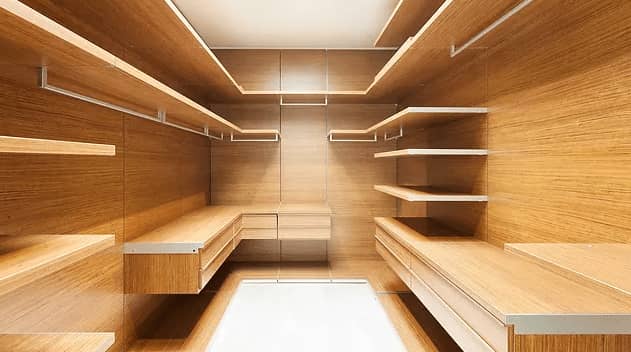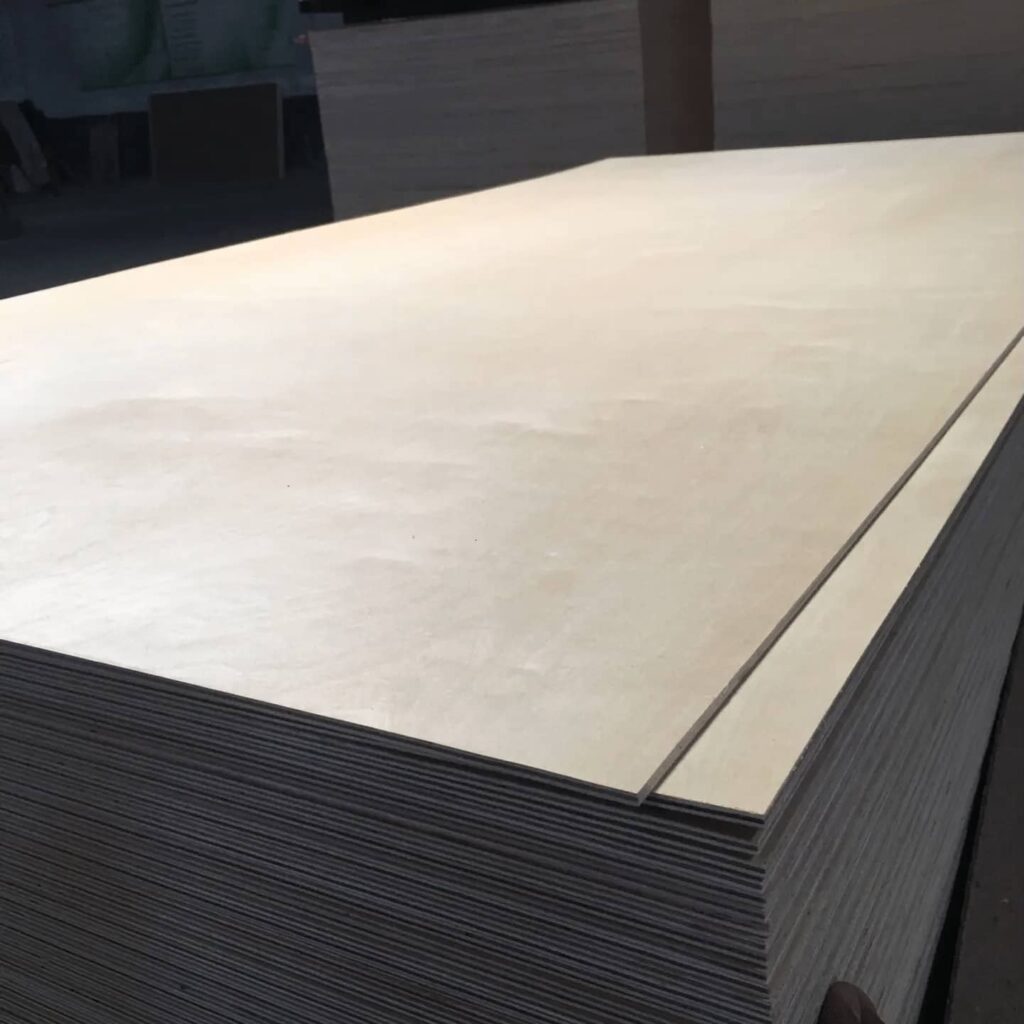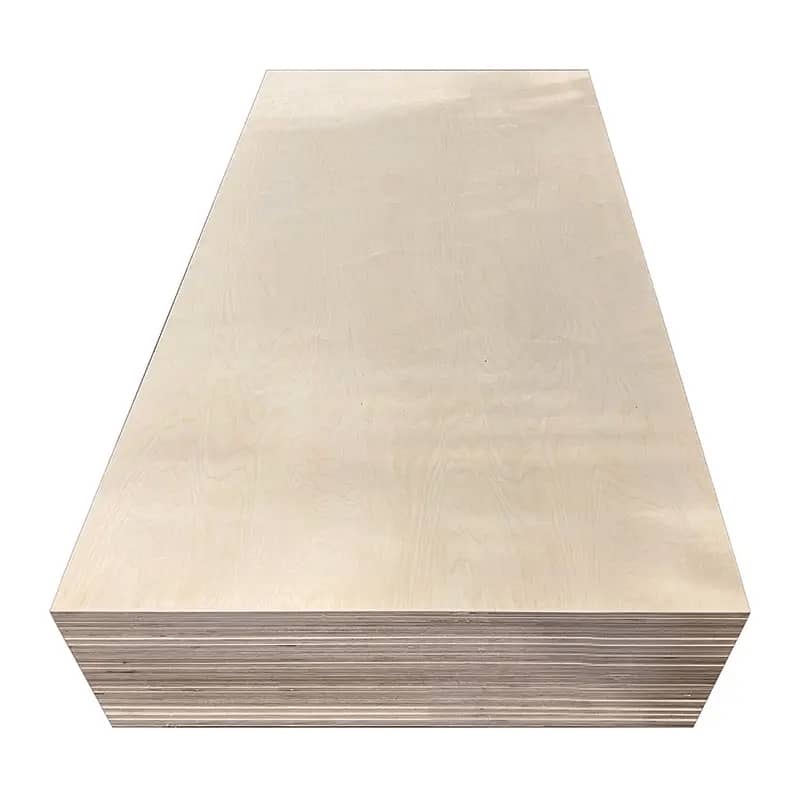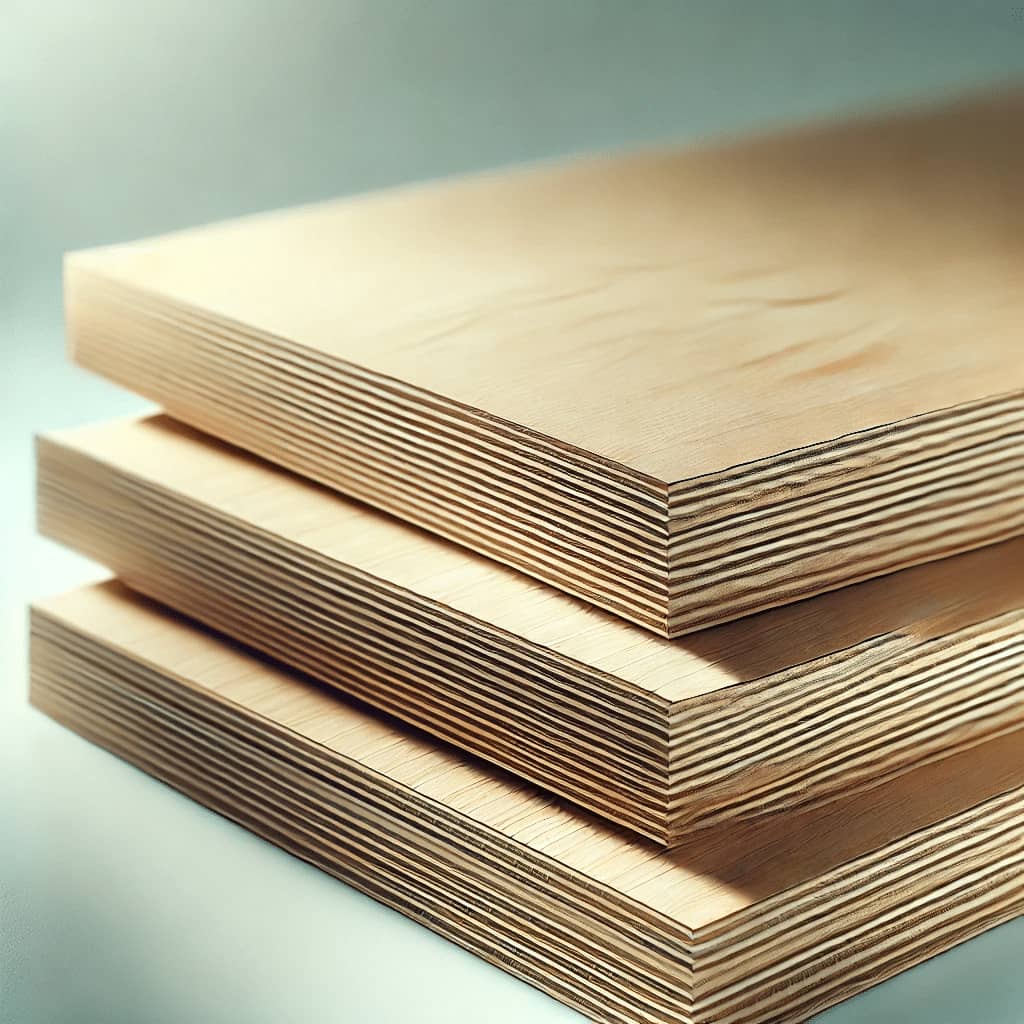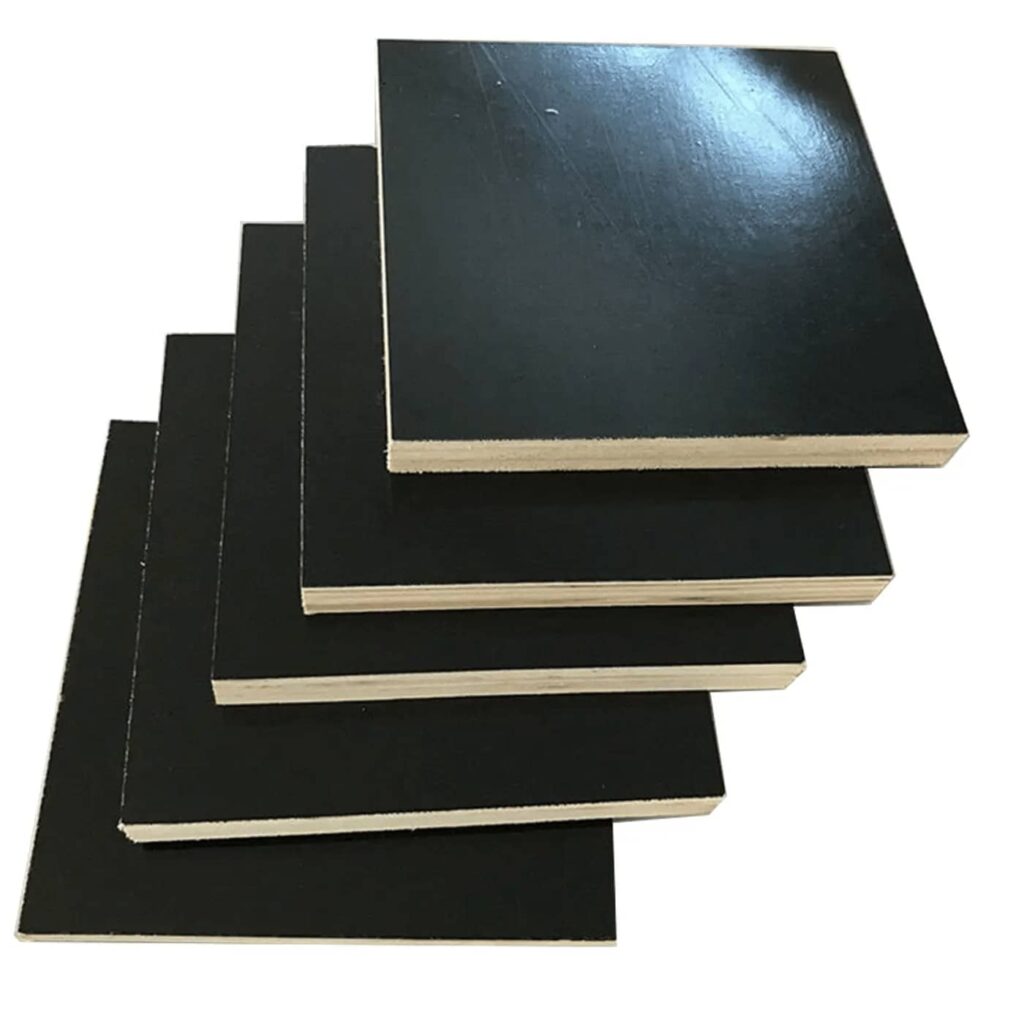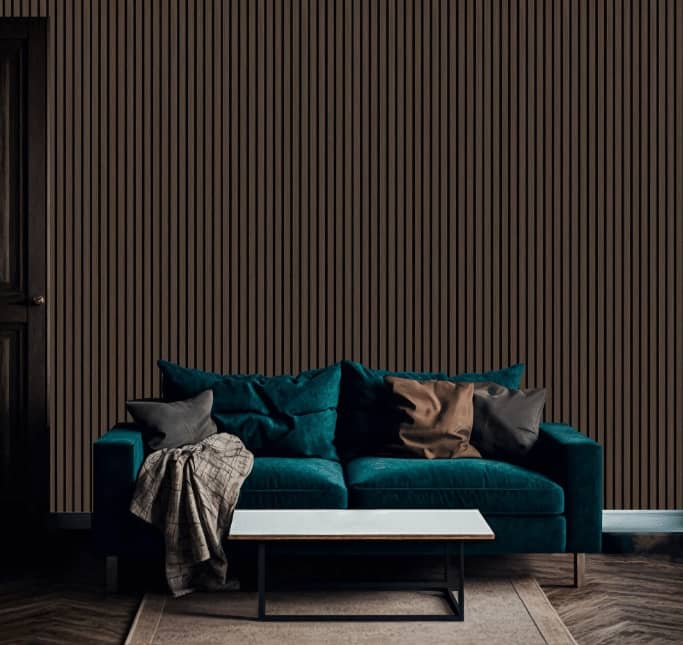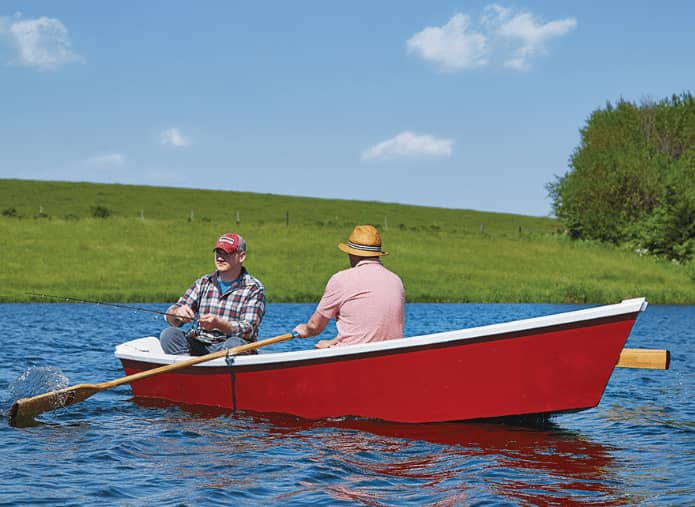Plywoods, testament to engineered wood’s versatility and strength, has become a cornerstone of modern construction, furniture making, and countless other applications. This seemingly simple material, crafted from thin layers of wood veneer, belies a remarkable strength and adaptability that has revolutionized industries and empowered countless projects. This comprehensive guide delves into the depths of plywood, exploring its manufacturing process, diverse types, advantages, limitations, and its enduring impact on the world around us.
Deconstructing the Layers: How Plywood is Made
The magic of plywood lies in its layered construction, a testament to the power of engineering simple materials into something far stronger. The journey begins with logs, carefully selected for quality and grain structure, often from sustainably managed forests. These logs are then debarked and softened using steam or hot water, preparing them for the peeling process.
A specialized lathe then rotates the log against a sharp blade, peeling off continuous sheets of wood veneer, much like unwinding a roll of paper. These veneers, typically 0.5 to 3 millimeters thick, are then dried to a specific moisture content to ensure dimensional stability.
The heart of plywood’s strength lies in the next step: cross-graining. The dried veneers, now called plies, are meticulously stacked, with the grain direction of each layer alternating at 90 degrees to the one above and below it. This crucial technique distributes the wood’s natural strength in multiple directions, effectively counteracting its tendency to warp, bend, or split along the grain.
Once the plies are stacked to the desired thickness, they are bonded together under immense pressure and heat using strong, moisture-resistant adhesives. These adhesives, often formulated with formaldehyde resins for their bonding strength and moisture resistance, are applied evenly between the plies. The stacked assembly is then pressed in a hydraulic press, applying tons of pressure to create a single, solid sheet. The heat activates the adhesive, curing it and permanently fusing the layers together.
A Plywood for Every Purpose: Exploring the Types
Plywood’s versatility shines through in its diverse range of types, each tailored to specific applications and environmental demands. Understanding these variations is crucial for selecting the right plywood for your project:
- Furniture Plywood: This category encompasses various plywood types specifically designed for furniture making and cabinetry. Key characteristics include:
- Smooth, Consistent Surface: Furniture plywood typically features a sanded face veneer, often hardwood, chosen for its attractive grain pattern and smooth finish. Higher grades (A-grade) offer a near-flawless surface suitable for staining or painting.
- Dimensional Stability: Furniture plywood is manufactured with a focus on dimensional stability, ensuring that drawers, doors, and other furniture components remain true and functional over time.
- Variety of Core Options: Furniture plywood comes with different core options, each influencing the panel’s weight, strength, and cost. Common choices include hardwood plywood (strong and stable), softwood plywood (lighter and more affordable), and medium-density fiberboard (MDF) core plywood (smooth and consistent but less moisture-resistant).
- Edge Banding Compatibility: Furniture plywood is often used with edge banding, a thin strip of wood veneer or plastic applied to the edges to conceal the plywood’s layered construction and create a more finished look.
- Construction Plywood: This workhorse category comprises plywoods types engineered primarily for structural applications in construction:
- Sheathing Plywood: The backbone of wall sheathing, roof decking, and subflooring, sheathing plywoods prioritizes strength, stiffness, and affordability over a polished appearance. It’s typically made with softwood veneers and graded based on its exposure durability (Exposure 1, Exposure 2, Exterior).
- Structural Plywood: Engineered for demanding load-bearing applications, structural plywoods is manufactured with higher-grade veneers and stronger adhesives. It’s commonly used for beams, headers, and other structural components where strength and stiffness are paramount.
- Fire-Resistant Plywood: This specialized type is treated with fire-retardant chemicals to slow the spread of flames and smoke, meeting stringent fire codes in commercial buildings, apartments, and other high-occupancy structures.
- Marine Plywood: Representing the pinnacle of moisture resistance, marine plywood is specifically designed for boat building, docks, and other applications exposed to harsh marine environments:
- Waterproof Adhesives: Unlike other plywoods types, marine plywoods uses waterproof adhesives to prevent delamination and rot even with prolonged exposure to water.
- Durable Wood Species: Marine plywood is typically made with high-quality veneers from naturally durable wood species like Douglas fir, Western Larch, and Okoume, known for their resistance to rot, decay, and marine borers.
- Void-Free Core: Marine plywoods features a void-free core, meaning there are no gaps or voids within the layers, further enhancing its water resistance and structural integrity.
- Packing Plywood: This category encompasses plywoods types specifically designed for packaging, crating, and other applications where strength, durability, and cost-effectiveness are paramount:
- Focus on Strength and Stiffness: Packing plywood is engineered to withstand the rigors of shipping and handling, providing a strong and rigid platform for securing goods.
- Moisture Resistance: While not as waterproof as marine plywoods, packing plywoods often incorporates moisture-resistant adhesives and treatments to protect goods from humidity and occasional moisture exposure during transit.
- Cost-Effective Choice: Packing plywoods typically utilizes lower-grade veneers and less expensive adhesives compared to furniture or marine plywoods, making it a cost-effective choice for packaging applications.
The Enduring Appeal of Plywood: Advantages and Limitations
Plywood’s enduring popularity stems from its unique blend of advantages, making it a versatile and cost-effective solution for countless applications:
Advantages:
- Exceptional Strength and Stability: Plywood’s cross-grained layered structure makes it exceptionally strong and resistant to warping, bending, and cracking, even under heavy loads. This inherent strength makes it suitable for both structural and non-structural applications, offering a higher strength-to-weight ratio compared to solid wood.
- Lightweight yet Durable: Despite its impressive strength, plywoods remains surprisingly lightweight, making it easy to handle, transport, and install. This unique combination of strength and lightness makes it a practical choice for projects where weight is a concern, such as overhead applications or mobile structures.
- Wide Range of Sizes and Thicknesses: Plywood is readily available in a vast array of sizes and thicknesses, catering to diverse project requirements. This versatility allows for customization and ensures you can find the perfect fit for your specific needs, minimizing waste and maximizing efficiency.
- Cost-Effective Solution: Plywoods generally boasts a more budget-friendly price tag compared to solid wood, making it an attractive option for large-scale projects or for those conscious of their budget. Its efficient manufacturing process and readily available raw materials contribute to its affordability.
- Versatility in Application: From construction and furniture making to crafts and DIY projects, plywood’s versatility knows no bounds. Its adaptability to various finishes and applications makes it a go-to material for both professionals and hobbyists alike. It can be cut, shaped, drilled, glued, and finished with ease, making it a versatile material for a wide range of skill levels.
- Environmentally Friendly Option: Many plywoods manufacturers utilize sustainable forestry practices, and plywoods itself is a renewable resource. Additionally, its durability and longevity contribute to a reduced environmental footprint compared to materials with shorter lifespans. Choosing plywoods certified by organizations like the Forest Stewardship Council (FSC) ensures that the wood used comes from responsibly managed forests.
Limitations:
- Susceptibility to Moisture Damage: While plywood is designed with moisture resistance in mind, prolonged exposure to water or high humidity can compromise its structural integrity. Proper sealing and protection are essential, particularly in exterior applications or high-moisture environments. Even moisture-resistant plywood has its limitations, and standing water or prolonged dampness can lead to swelling, delamination, and rot.
- Visible Edges Require Finishing: The layered edges of plywood are often exposed, requiring edge banding or other finishing techniques to achieve a polished and aesthetically pleasing look. This adds an extra step and cost to the manufacturing process. Edge banding, which involves applying a thin strip of wood veneer or plastic to the edges, can help conceal the plywood’s layered construction and create a more finished appearance.
- Potential for VOC Emissions: Some plywood adhesives contain volatile organic compounds (VOCs), which can be released into the air and may pose health concerns. Opting for low-VOC or formaldehyde-free plywood can mitigate this issue. These eco-friendlier options utilize alternative adhesives that minimize VOC emissions, improving indoor air quality and reducing potential health risks.
Choosing Wisely: Factors to Consider When Selecting Plywood
Navigating the world of plywood requires careful consideration of various factors to ensure you select the right type for your project’s specific demands:
- Application: The intended use of the plywood is paramount. Structural applications like sheathing demand different properties than furniture making or decorative projects. Consider the load-bearing requirements, moisture exposure, fire resistance needs, and aesthetic preferences for your specific application.
- Strength and Thickness: Plywood’s strength is directly related to its thickness and the type of wood used in its core layers. Thicker plywoods with hardwood cores offers greater load-bearing capacity. For structural applications, consult building codes and span tables to determine the appropriate thickness and grade.
- Exposure to Moisture: Assess the environment where the plywoods will be used. For areas prone to moisture, such as bathrooms or exterior applications, opt for moisture-resistant or marine plywoods. Consider the frequency and duration of moisture exposure to make the best choice.
- Fire Resistance: If fire safety is a concern, choose fire-resistant plywoods that meets the required fire codes and regulations. This type of plywood is often required in commercial buildings, apartments, and other high-occupancy structures.
- Surface Quality and Appearance: For projects where aesthetics are crucial, consider the plywood’s surface grade. Higher grades offer smoother, more blemish-free surfaces suitable for staining or painting. For furniture or cabinetry, choose a plywood with a consistent grain pattern and minimal surface imperfections.
- Budget: Plywood prices vary depending on type, thickness, and grade. Determine your budget constraints and balance them with the required performance characteristics. While it’s tempting to opt for the most affordable option, investing in higher-quality plywood for critical applications can save you money and headaches in the long run.
Plywood in Action: Common Applications
Plywood’s versatility is evident in its wide range of applications across various industries and projects:
| Application | Plywood Type | Considerations | Target User/Industry |
|---|---|---|---|
| Subflooring | Sheathing Plywood | Choose a thickness appropriate for the joist spacing and anticipated load. | Construction industry, DIYers building decks or subfloors |
| Wall Sheathing | Sheathing Plywood | Opt for plywood with an appropriate exposure rating for the climate and wall assembly. | Construction industry, DIYers framing walls |
| Roof Decking | Sheathing Plywood, Structural Plywood | Consider load-bearing requirements, wind uplift resistance, and local building codes. | Construction industry, roofing contractors |
| Furniture Making | Sanded Plywood, Hardwood Plywood | Select plywood with a smooth surface and desirable grain pattern for the intended furniture piece. | Furniture makers, DIY enthusiasts, woodworkers |
| Cabinetry | Sanded Plywood, Hardwood Plywood | Choose plywood with a consistent thickness and a smooth surface for easy finishing. | Cabinet makers, DIYers building cabinets or shelves |
| Shelving | Sanded Plywood, Moisture-Resistant Plywood | Consider load-bearing capacity and potential moisture exposure in the intended location. | DIYers, homeowners, retailers |
| Decorative Wall Paneling | Sanded Plywood, Flexible Plywood | Opt for plywood with a smooth surface, desirable grain pattern, and the ability to bend if needed. | Interior designers, architects, DIYers |
| Signage and Displays | Sanded Plywood, Exterior Plywood | Choose plywood with a smooth, paintable surface and weather resistance for outdoor applications. | Sign makers, event planners, businesses |
| Packaging and Crating | Sheathing Plywood, Moisture-Resistant Plywood | Opt for plywood with sufficient strength and moisture resistance for shipping and storage. | Manufacturers, shipping companies |
| Boat Building | Marine Plywood | Choose marine-grade plywood specifically designed for its waterproof properties and resistance to rot. | Boat builders, marine industry professionals |
Beyond the Basics: Working with Plywood
While plywood is generally easier to work with than solid wood, understanding some key techniques can enhance your results:
- Cutting Plywood: Use a sharp saw blade specifically designed for plywoods to prevent chipping and splintering. Carbide-tipped blades with a high tooth count are ideal for clean cuts. Support the plywoods adequately to avoid sagging and ensure clean cuts. Using a table saw or circular saw with a guide helps maintain straight cuts.
- Drilling Plywood: Predrill holes, especially near edges, to prevent splitting. Use a drill bit slightly larger than the screw shank to allow for expansion and contraction of the wood. This prevents the screw from binding and potentially splitting the plywood.
- Fastening Plywood: Choose screws or nails appropriate for the plywoods thickness and the application. Space fasteners evenly and use construction adhesive for added strength and stability. Construction adhesive helps distribute the load and prevents squeaking in floor applications.
- Finishing Plywood: Sand the plywoods surface smooth before applying any finish. Use a primer designed for plywoods to seal the surface and ensure even paint or stain absorption. Plywood’s layered construction can sometimes result in uneven absorption, so a primer helps create a uniform base for the final finish.
Plywood FAQs: Your Questions Answered
Q1: Can I use any type of plywood for outdoor projects?
A: While plywood is generally suitable for outdoor use, not all types are created equal. For exterior applications, opt for exterior-grade plywood or marine plywood. These types are specifically designed to withstand moisture, humidity, and exposure to the elements. Exterior-grade plywood is treated with moisture-resistant adhesives and often features a more durable face veneer. Marine plywood, on the other hand, offers the highest level of moisture resistance, making it ideal for boat building and other marine environments.
Q2: What is the difference between hardwood plywood and softwood plywood?
A: The terms “hardwood” and “softwood” in plywood refer to the type of wood used for the face and back veneers, not necessarily the core. Hardwood plywood typically features veneers from hardwoods like birch, maple, or oak, known for their attractive grain patterns and durability. It’s often used for furniture, cabinetry, and other applications where aesthetics are important. Softwood plywood, on the other hand, typically uses veneers from softwoods like pine, fir, or cedar. It’s generally more affordable and often used for construction, sheathing, and other structural applications.
Q3: How do I prevent plywood from warping?
A: Warping can occur when plywood is exposed to uneven moisture or humidity. To minimize warping:
- Store plywoods flat in a dry, well-ventilated area.
- Acclimate plywoods to the environment where it will be used before installation. This allows the wood to adjust its moisture content to the surrounding conditions.
- Seal all surfaces of the plywoods, including edges, with a primer or sealer. This helps prevent moisture absorption and reduces the risk of warping.
- Use construction adhesive and proper fastening techniques to secure the plywoods and prevent movement.
Q4: Is plywood environmentally friendly?
A: Plywood can be a sustainable choice if sourced from responsibly managed forests. Look for plywoods certified by organizations like the Forest Stewardship Council (FSC), which ensures that the wood comes from forests managed for environmental, social, and economic sustainability. Additionally, plywood’s durability and longevity contribute to its eco-friendliness, as it lasts longer and reduces the need for frequent replacements.
Q5: Can I paint or stain plywoods?
A: Yes, plywoods are an excellent surface for painting and staining. However, proper preparation is key for optimal results:
- Sand the plywoods surface smooth with progressively finer grits of sandpaper.
- Apply a primer designed for plywoods to seal the surface and create a uniform base for the paint or stain.
- Choose high-quality paint or stain suitable for the intended application and environment.
- Apply multiple thin coats for a smooth and durable finish.
Why Choose Yuantuo Wood for Your Plywood Needs?
As you’ve just explored the diverse world of plywood and its countless applications, you understand the importance of selecting a supplier who prioritizes quality, sustainability, and customer satisfaction. At Yuantuo Wood, we share your passion for excellence and offer a compelling reason to trust us with your plywood needs.
Here’s why Yuantuo Wood stands out:
- Strategic Location, Global Reach: Our factory’s strategic location near Tianjin Port, a major transportation hub, ensures efficient and cost-effective shipping to customers worldwide. We’ve leveraged this advantage to build a strong international presence, exporting our premium plywood to over 40 countries.
- Unwavering Commitment to Quality: We understand that plywood’s strength and durability are paramount. That’s why we’ve implemented rigorous quality control measures throughout our production process, from sourcing premium wood veneers to utilizing high-performance adhesives. Our commitment to excellence is reflected in our internationally recognized certifications, including FSC, EPA, and CARB, assuring you of our adherence to the highest industry standards.
- Sustainability at Our Core: At Yuantuo Wood, we believe in responsible forestry practices. Our FSC certification underscores our dedication to sourcing wood from sustainably managed forests, ensuring the long-term health of our planet. By choosing Yuantuo Wood, you’re making an environmentally conscious decision without compromising on quality.
- Tailored Solutions for Diverse Needs: We recognize that every project has unique requirements. That’s why we offer a comprehensive range of plywood types, thicknesses, and grades to meet the specific demands of your construction, furniture making, or industrial applications. Our experienced team is here to guide you in selecting the perfect plywood solution for your project.
- Customer-Centric Approach: At Yuantuo Wood, our commitment to customer satisfaction extends beyond delivering exceptional products. We believe in building long-lasting relationships based on trust, transparency, and reliable service. Our dedicated team is always available to answer your questions, provide technical support, and ensure your experience with Yuantuo Wood is nothing short of excellent.
Partner with Yuantuo Wood:
When you choose Yuantuo Wood, you’re not just selecting a plywood supplier; you’re gaining a reliable partner committed to your project’s success. We combine our industry expertise, unwavering quality standards, and customer-centric approach to deliver plywood solutions that exceed your expectations. Contact us today to discuss your project requirements and experience the Yuantuo Wood difference.

